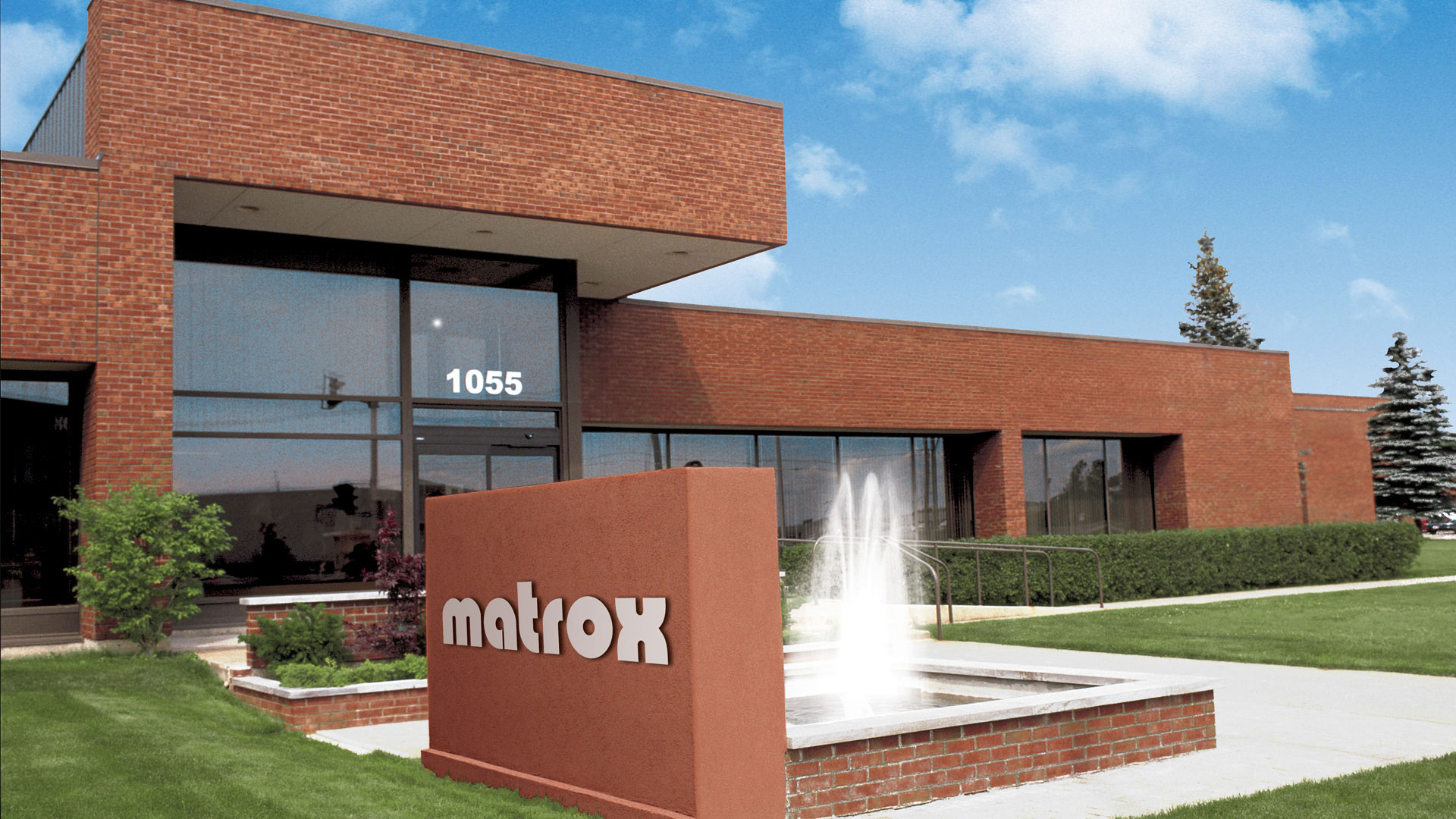Matrox Graphics, Inc.
Matrox was a Canadian graphics card manufacturer for the IBM PC and its compatibles, based in Montreal and was founded way back in 1976. Though they started out producing "frame grabbers" for various hardware, the company really took off from 1994 to 1995 with revenues jumping from $120M to $250M. From 1993 they had stopped used third-party chipsets, instead choosing to design their own - the first of these was to be used on the Impression and Impression Pro video cards.

They were probably most famous for their MGA (Matrox Graphics Architecture) engine, launched in May 1993, which was a 64-bit engine that produced superior 2D graphics (important during the era of CRTs) and also had a reputation for being high performers. Similar to ATI's Mach32 and S3's 86Cxxx family of chipsets, MGA accelerated common graphics functions such as BitBlts (bit block transfers) and pattern, polygon, and rectangle fills. It went one better though, and also provided acceleration for 3D Gouraud shading, z-buffering, and character drawing. It was optimised for 486- and Pentium-class computers and was designed with PCI in mind, with its 128-bit bus: 64-bit for graphics (twice as wide as most existing graphics accelerators at the time) and 64-bit for video output. There was also an NTSC/PAL encoder daughterboard called VideoPro that could be installed on MGA cards to provide broadcast-quality TV video output to your desktop.
They were also notably remembered for their multi-display capabilities, with "dual-head" and even "quad-head" graphics cards to drive up to 4 displays at once.
Matrox even provided games developers with their API, called MSI (Matrox Simple Interface), though this was not widely adopted and eventually only 12 titles directly supported MSI. MSI was limited to games that supported 640 x 480 x 16 with Z-buffer sorting and no bilinear filtering.
With the introduction of 3D accelerators in the mid-to-late 90s, Matrox gradually became unable to keep pace in the 3D graphics acceleration market with the competition from nVidia and ATI. In 2002, they launched their final 3D graphics card, Parhelia-512, before pulling out of the consumer graphics card market to focus on more niche industries, such as CAD and the multi-display features they were so strong in.
Matrox resides at 1025 St. Regis Blvd. Dorval, QC, Canada, H9P 2T4 Tel: (514) 969-6320 Fax: (514) 969-6363
The company still exists today, and in September 2019 one of the original founders took back 100% control of Matrox.
Here's a summary of the Matrox cards in chronological order, and by bus type:
| ISA / VLB Cards | PCI Cards | AGP Cards |
|---|---|---|
| ISA Cards: Hiper+/WIN (1992) MGA Impression (1993) MGA Impression Pro (1993) MGA Impression Plus / Impression 200 (1994) VESA Local Bus Cards: MGA Ultima (VLB, 1993) MGA Ultima Plus / Ultima 200 (VLB, 1993) |
MGA Impression Plus / 200 (1994) MGA Millennium (1995) Mystique (1996) Millennium 2 / Millennium II (1997) m3D PCX2 (1997) Mystique 220 (1997) Millennium G200 (1998) Millennium G450 (2000) Millennium G550 (2001) |
Millennium 2 / Millennium II (AGP 1x, 1997) Millennium G200 (AGP 1x, 1998) Mystique G200 (AGP 1x, 1998) Millennium G250 (AGP 1x, 1998) Millennium G400 (AGP 1x/2x/4x, 1999) Millennium G400 Max (AGP 1x/2x/4x, 1999) Millennium G450 (AGP 1x/2x/4x, 2000) Millennium G550 (AGP 4x/8x, 2001) Millennium P650 Dual Head (AGP 4x/8x, 2002) Millennium P650 Low Profile (AGP 4x/8x, 2002) Parhelia / Parhelia 512 (AGP 4x/8x, 2003) |